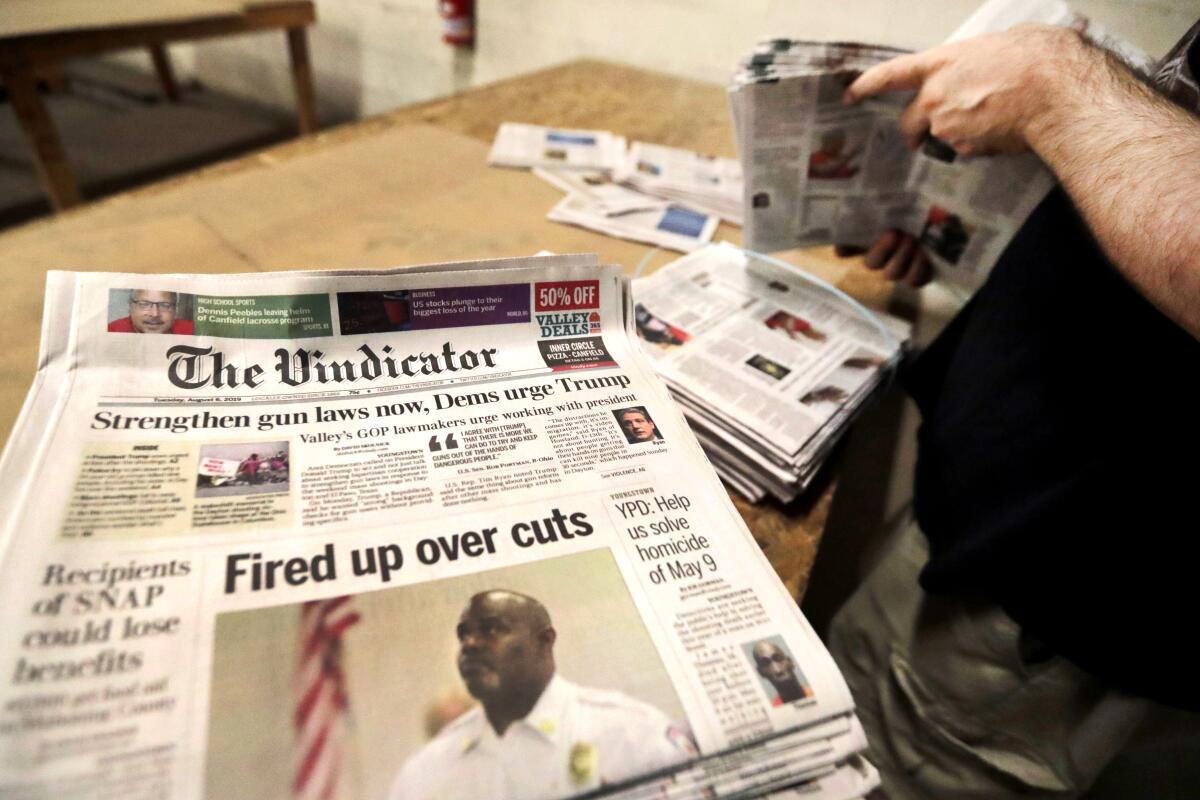News Articles for Dummies
Wiki Article
The 8-Second Trick For News Articles
Table of ContentsGetting My News Articles To WorkSome Known Questions About News Articles.The Buzz on News ArticlesGetting The News Articles To WorkSome Known Incorrect Statements About News Articles
Excellent expertise of various topics offers pupils a competitive side over their peers. Despite the fact that electronic and social networks are conveniently easily accessible, we ought to not fail to remember just how important it is to read the papers. Parents should attempt and inculcate the routine of checking out a paper as a day-to-day routine to proceed the tradition of the revered print tool.Newspaper article additionally consist of at the very least one of the complying with important qualities loved one to the intended target market: proximity, prestige, timeliness, human interest, peculiarity, or repercussion. The relevant term journalese is sometimes made use of, typically pejoratively, to describe news-style writing. An additional is headlinese. Newspapers usually comply with an expository writing design.
Within these limits, newspaper article also aim to be detailed. Other elements are entailed, some stylistic and some obtained from the media kind. Among the larger and a lot more reputable papers, fairness and balance is a major consider providing details. Commentary is usually restricted to a separate area, though each paper might have a various total angle.
Papers with a global target market, for example, often tend to make use of an extra official style of creating. The details choices made by an information outlet's editor or content board are usually gathered in a style overview; typical style guides consist of the and the United States News Design Book. The main objectives of news writing can be summarized by the ABCs of journalism: accuracy, brevity, and quality.
News Articles Can Be Fun For Anyone
Generally, journalists will not use a long word when a short one will do. They make use of subject-verb-object construction and vivid, energetic prose (see Grammar). They use anecdotes, instances and allegories, and they seldom depend upon generalizations or abstract concepts. Information authors attempt to prevent using the same word much more than when in a paragraph (sometimes called an "echo" or "word mirror").
Nevertheless, headings sometimes omit the subject (e.g., "Jumps From Watercraft, Catches in Wheel") or verb (e.g., "Cat lady lucky"). A subhead (additionally subhed, sub-headline, subheading, caption, deck or dek) can be either a subservient title under the main heading, or the heading of a subsection of the article. It is a heading that precedes the main text, or a group of paragraphs of the primary message.

Additional signboards of any of these kinds may show up later in the article (specifically on subsequent pages) to lure additional analysis. Such signboards are also made use of as guidelines to the article in various other sections of the magazine or site, or as promotions for the item in other magazine or sites. Typical framework with title, lead paragraph (summary in strong), other paragraphs (information) and contact info.

Example of a hard-lead paragraph NASA is recommending one more space task. The agency's spending plan request, revealed today, consisted of a strategy to send out one more objective to the Moon. This time the agency wants to develop a lasting center as a jumping-off place for other space journeys. The spending plan demands roughly $10 billion for the project.
An "off-lead" is Resources the 2nd most crucial front page information of the day. To "bury the lead" is to start the article with history information or information of secondary value to the readers, compeling them to read even more deeply into a post than they ought to have to in order to find the necessary factors.
Fascination About News Articles
Common usage is that or 2 sentences each form their own paragraph. Reporters generally describe the organization or structure of a newspaper article as an upside down pyramid. The important and most fascinating components of a tale are placed web at the start, with supporting information complying with in order of reducing relevance.It permits individuals to explore a topic to only the depth that their curiosity takes them, and without the imposition of details or nuances that they could think about pointless, however still making that info offered to a lot more interested viewers. The upside down pyramid framework additionally makes it possible for write-ups to be cut to any kind click here to read of approximate size during design, to fit in the area available.
Some writers start their tales with the "1-2-3 lead", yet there are lots of kinds of lead offered. A kicker can refer to numerous points: The last story in the news program; a "delighted" story to finish the show.
Longer articles, such as publication cover articles and the items that lead the inside areas of a newspaper, are recognized as. Attribute stories differ from straight news in a number of means.
The smart Trick of News Articles That Nobody is Talking About
A function's very first paragraphs usually relate an intriguing moment or event, as in an "anecdotal lead". From the particulars of an individual or episode, its sight swiftly widens to generalizations regarding the tale's subject.
The Editor's Toolbox: A Referral Overview for Beginners and Professionals (2001) Allan M. Siegal and William G. Connolly. The New York Times Handbook of Style and Use: The Official Design Guide Made Use Of by the Writers and Editors of the World's The majority of Authoritative Paper (2002) M. L. Stein, Susan Paterno, and R.
Report this wiki page